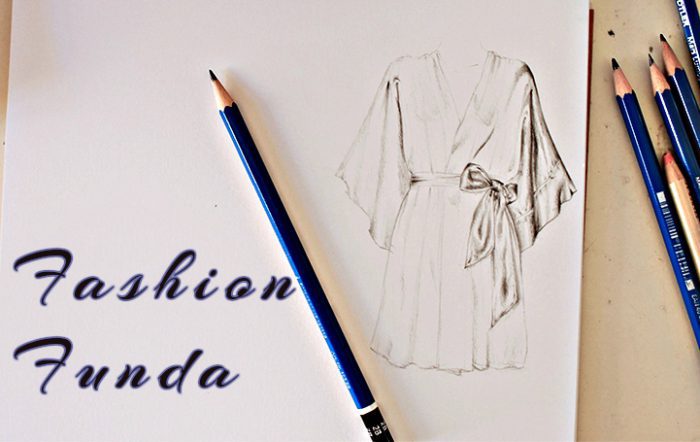 The next two parts deal with turbans amongst the Sikhs, tracing its genesis, how it’s worn and other details. Here’s an in-depth research by Shameena, in the weekly column, exclusively for Different Truths.
The next two parts deal with turbans amongst the Sikhs, tracing its genesis, how it’s worn and other details. Here’s an in-depth research by Shameena, in the weekly column, exclusively for Different Truths.
Turbans are a source of mystery and all too often, terrible misunderstanding to those who don’t wear them. What do they mean? Why do you wear them? While the turban is a common and fashionable item of clothing for many cultures, for Sikhs, it represents their faith.
Sikhism is a religion of about 25 million people around the world. It’s the fifth largest world religion by population. Most of the religion’s followers are in India. When the Sikh faith was developing from the 15th through 18th centuries in South Asia, the turban was worn only by the higher classes and elites of society. However, a core teaching of the Sikh faith was that all people are equal — there are no high or low among them. As such, it was mandated that all Sikhs initiated into the faith cover our heads with a turban, thereby signifying the equal status among the faith’s followers. Because it’s considered respectful for Sikhs to keep our heads covered when in public and in our religious spaces, the turban provides that function as well. It is a core piece of their identity.
Another faith for Sikhs is maintaining uncut hair by both women and men. Sikhs are not to cut hair from any part of our bodies. This is an expression of their acceptance of God’s will. History shows that they were way ahead of the hipster man-bun curve.
Historical Significance in Sikhism
The turban of a Sikh is a gift given on Baisakhi Day of 1699 by the Tenth Master, Guru Gobind Singh. After giving Amrit to the Five Beloved Ones, he gave Sikhs bana, the distinctive dress that includes the turban.
During Guru Gobind Singh’s time, the turban, or “dastar,” as it is called in Persian, carried a totally 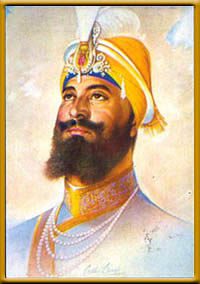 different connotation from that of a hat in Europe. The turban represented respectability and was a sign of nobility. At that time, a Mughal aristocrat or a Hindu Rajput could be easily distinguished by his turban. The Hindu Rajputs were the only Hindus allowed to wear ornate turbans, carry weapons and have their mustache and beard. Also at this time, only the Rajputs could have Singh (“lion”) or Kaur (“princess”) as their second name. Even the Gurus did not have Singh as part of their name, until the Tenth Guru.
different connotation from that of a hat in Europe. The turban represented respectability and was a sign of nobility. At that time, a Mughal aristocrat or a Hindu Rajput could be easily distinguished by his turban. The Hindu Rajputs were the only Hindus allowed to wear ornate turbans, carry weapons and have their mustache and beard. Also at this time, only the Rajputs could have Singh (“lion”) or Kaur (“princess”) as their second name. Even the Gurus did not have Singh as part of their name, until the Tenth Guru.
The downtrodden followers of the Sikh faith did not have the means to display aristocratic attire, nor were they allowed to, even if they had the means. (Doing so was usually equivalent to a death sentence.) It was in this context that Guru Gobind Singh decided to turn the tables on the ruling aristocracy by commanding every Sikh to carry a sword, take up the name Singh or Kaur, and have kesh (hair) and turban displayed boldly, without any fear. This effectively made his followers see themselves on a par with the Mughal rulers.
The first batch of five beloved ones receiving the rites of the two-edged sword from Guru Gobind Singh.
Spiritual and Religious Significance of Sikh Turban
In this age of reason and rationality it becomes essential to know ‘why’ and ‘how’ turban helps in our spiritual evolution. Turbans go way back in history as part of a spiritual practice. In this age of reason and rationality it becomes essential to know ‘why’ and ‘how’ turban helps in our spiritual evolution. Turbans go way back in history as part of a spiritual practice.
In case of infants these bones are still not fused together and at the top of the head – if you observe closely. You will find a ‘soft spot’ which pulsates in synchronization with the heart beats. In yogic terms, this spot is referred to as ‘Crown Chakra’. Thousands of years ago our seers, sages and spiritual persons (Rishis, 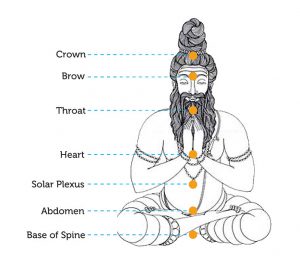 Munis, and Yogis) discovered that the hair on the top of the head protects the ‘crown chakra’ from the sun and exposure to various undesirable environmental elements. In addition, the hair acts as antennae, channelling the solar energy and its life force into body and brain.’ By the Kalgidhar Trust/ Society, Preserving Turban.
Munis, and Yogis) discovered that the hair on the top of the head protects the ‘crown chakra’ from the sun and exposure to various undesirable environmental elements. In addition, the hair acts as antennae, channelling the solar energy and its life force into body and brain.’ By the Kalgidhar Trust/ Society, Preserving Turban.
Thus, spiritual persons (Rishis, Munis, and Yogis) would coil or knot their hair at the ‘crown chakra’ also called the ‘solar centre’ of the head. This centre is on the top and the front of the head in men (anterior fontanel). Women are said to have two solar centres: One at the anterior fontanel and the other the posterior fontanel which is at the back of the head. The coiling or knotting of the hair at these solar centres focuses the energy as well as retains the spiritual vibrations throughout the day. This hair knot (known as joora) is traditionally referred to as ‘Rishi Knot’. The ‘rishi knot’ assists in channelling of energy in meditation i.e. recitation and concentration on the Divine (God). If one cuts off the hair there can be no ‘rishi knot’.
Thus, the 10th Sikh Master, Guru Gobind Singh taught followers to keep their hair unshorn, tie them into a knot at the respective centres and keep them covered with turban so that their spiritual progress is further accentuated. The next step after tying a ‘rishi knot’ is to wrap-cover it with a turban. The pressure of the multiple wraps in the turban keeps the person calm and relaxed and activates the various pressure points on the forehead. The Turban covers the temples which is said to help protect the wearer from the psychic negativity of other people. The pressure of the turban also changes the pattern of blood flow to the brain. These are all reasons that women should also wear turbans. When you tie up your hair and wrap the turban around it, all the parts of your skull are pulled together and supported. You feel clarity and readiness for the day and for what may come to you from the Unknown.
Sikhs believe that God is the Unknown. He is mastery as well as mystery. Living with an awareness of your God within you and the God outside of you (God in all) is an attitude. Thus, covering your head is an action with the attitude that there is something greater than you know. Your willingness to stand under that greatness of God is expressed by taking the highest, most visible part of you and declaring it as a place that belongs to the Creator. Covering your head is also a declaration of humility, of your surrender to God. Hence, for a Sikh wrapping a turban every day is a declaration that his head, his mind is dedicated to the Creator. The turban becomes a flag of his consciousness as well as his crown of spiritual royalty. Wearing a turban over uncut hair is an act of consciousness that can give every Sikh the experience of God. This experience is must for all Khalsa (baptised), men and women both.
The process of Turban Tying
A band of cloth called Fifty is tied on the forehead, before tying the turban. The turban cloth is sprinkled 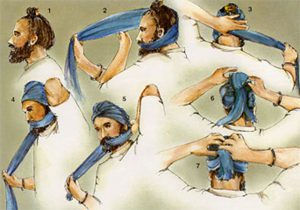 with water so that the cloth sticks nicely when it is wrapped around the head. The one corner of the turban is tied to the doorknob or handle and is stretched with a hand from the diagonally opposite corner. Both the free ends are then rolled in, making the turban heavier in the middle and lighter at the held corners. The cloth is then folded into 5-6 parts. The knot at the doorknob or handle is untied and the folded cloth is held in arms.
with water so that the cloth sticks nicely when it is wrapped around the head. The one corner of the turban is tied to the doorknob or handle and is stretched with a hand from the diagonally opposite corner. Both the free ends are then rolled in, making the turban heavier in the middle and lighter at the held corners. The cloth is then folded into 5-6 parts. The knot at the doorknob or handle is untied and the folded cloth is held in arms.
Then one corner is held between the teeth while bringing the other end behind and over the top of the head diagonally. The cloth is wrapped smoothly at an angle around the head. After the second loop, the fabric is carefully twisted on one side, bringing it down from the forehead and around, creating a ridge. This twist is repeated on every other turn so that the fabric crosses in front, working its way up. After several turns (about six times for an adult), the end is tucked in under the top of the turban; secured with pins. The remaining end is pulled (the one held in the teeth) underneath the front of the turban to cover the back of the head. The end is tucked into the back of the turban and is secured with pins.
Material and Size of Turban
Turbans are 5m (length) x 1m (standard width). Length can vary from 5 to 8 metres, depending upon the kind of Turban one wants to wear. There are some exceptions where some people like Nihang Singh may go with Turbans as long as 10 metres or more. High School children normally wear 4 to 5 metres long turban. Small children wear Patka which is available in following four sizes:
- Extra Small (18 inches X 18 inches)
- Small (21 inches X 21 inches)
- Medium (24 inches X 24 inches)
- Large (27 inches X 27 inches)
Sikh Turbans are made of semi-transparent cotton fabric. Rubia Fine is a light, manageable, strong 100% cotton material with a weave density that enables easy tying of a neat turban with fewer creases Mulmul, also 100% cotton, has a less dense weave than Rubia Fine, resulting in a lighter turban. It is often used by Sikhs who prefer to starch their turban material.
(To be continued)
©Shameena Abdurahiman
Photos from the Internet, sourced from the author
#Pagri #Sikhs #Turbans #HistoryOfTurbans #SikhsTurbanTieing #FashionFunda #UnstitchedCothes #DifferentTruths

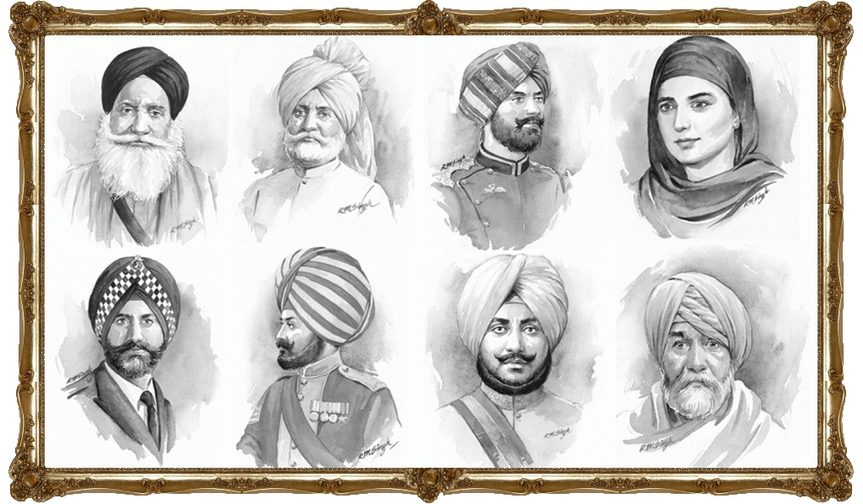





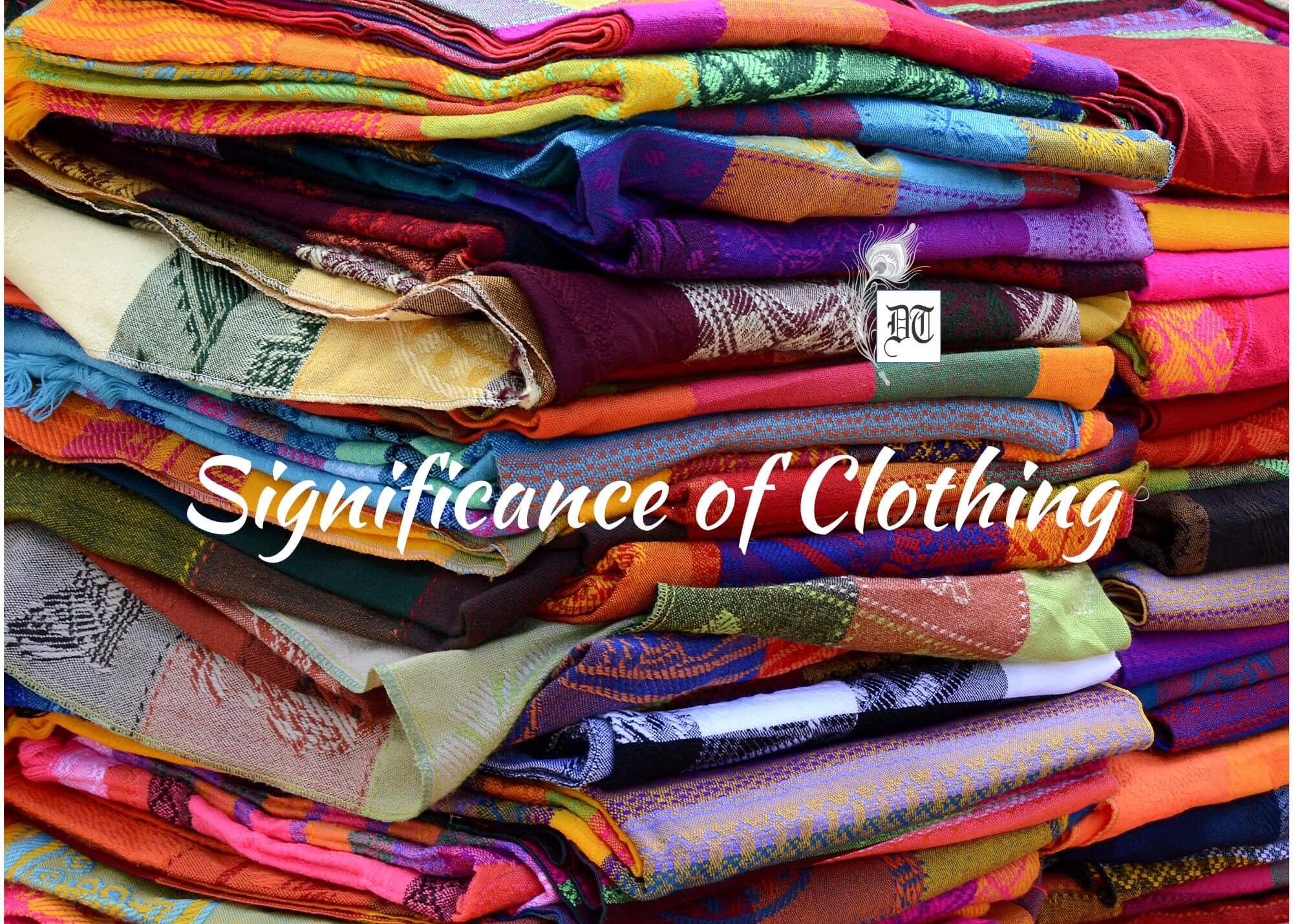
 By
By

